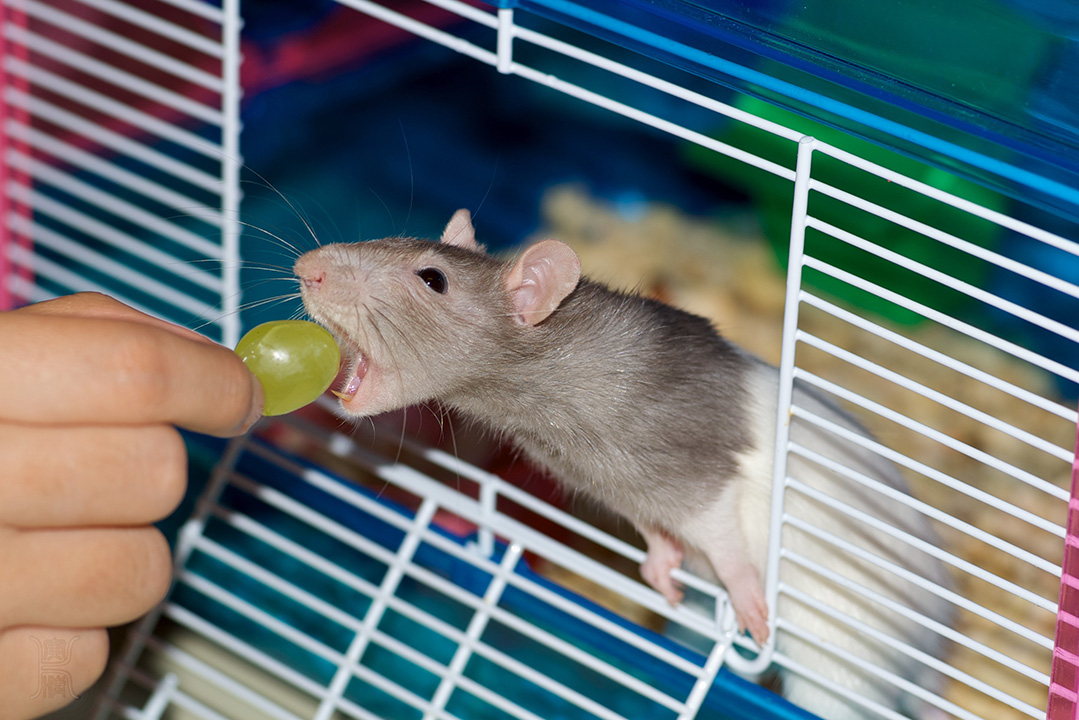Chapter 87. Biologically Adaptive Associations
Learning Objectives

Describe Garcia’s research on biological preparedness in classical conditioning.
Review
Review
Select the NEXT button to continue with the Review.

1. Classical conditioning is a form of associative learning in which two stimulus events that repeatedly occur close together in time eventually become associated with one another.
Review
Review
Select the NEXT button to continue with the Review.

2. For example, if a dog salivates (an unconditioned response, or UR) every time its tongue touches dog food (an unconditioned stimulus, or US), then repeated exposure to the sound of a can opener (a neutral stimulus, or NS) just before the food appears will produce an association between the can opener sound and the food. The can opener sound becomes a conditioned stimulus (CS) that is capable of producing saliva, now called a conditioned response (CR), even if no food arrives.
Review
Review
Select the NEXT button to continue with the Review.

3. Early researchers, including Ivan Pavlov and John Watson, believed that any unconditioned stimulus (US) could easily become associated with any neutral stimulus (NS). Against this view, in the 1960s, John Garcia demonstrated biological preparedness—the idea that certain associations are learned more easily because they have survival value for an animal.
Review
Review
Select the NEXT button to continue with the Review.

4. For example, Garcia found that if rats eat a new type of food and later become sick, they will easily learn the association and will avoid the taste of that food in the future. But they won’t learn to avoid the sights and sounds of the location in which they ate the food.
Practice: Biological Preparedness
Practice: Biological Preparedness
Select one of the buttons to indicate your choice.
We’ll try to demonstrate the concept of biological preparedness by simulating an experiment in Garcia’s lab. The researchers put thirsty rats, one at a time, in a chamber that had a container of water sweetened with saccharine, an artificial sweetener. As the rat was drinking, the movement of the drinking spout turned on a flashing light and a clicking noise. Using the terminology of classical conditioning, each of those three events (the taste of the water, the noise, and the light) was initially a(n) ________.

The sweet taste of the water, the light, and the noise were initially neutral stimuli (NS), because the rat had not yet formed any associations to those stimuli. Now, select the CONTINUE THE EXPERIMENT button.
The rats in this experiment were divided into two groups, and each group received a different type of unconditioned stimulus (US).



While the three neutral stimuli (NS) were present, the rats in the “shock” group each received an electric shock (US) to their paws, causing immediate pain and fear (UR).
While the three neutral stimuli (NS) were present, the rats in the “radiation” group each received a dose of x-ray radiation (US), which caused the rats to become nauseated (UR) within an hour or so.
Both groups received the same neutral stimuli (NS), but different unconditioned stimuli (US). According to the basic principles of classical conditioning, all three of the neutral stimuli should have become conditioned stimuli (CS) for both groups of rats, leading all the rats to fear and avoid the taste of saccharin, the flashing light, and the clicking noise. But that didn’t happen. Can you predict what each group of rats actually learned to fear? Press the CONTINUE THE EXPERIMENT button to see the results.
Now, select the CONTINUE THE EXPERIMENT button.
Contrary to expectations, the rats developed selective associations which differed for the two groups. Rats in the “shock” group developed a strong fear of the light and the sound, but did not fear the sweetened water. Rats in the “radiation” group did not fear the light or the sound, but instead developed a strong fear of the sweetened water, and avoided any food that had a saccharin taste.
These results demonstrated biological preparedness in associative learning. If a rat eats or drinks something with an unusual taste, and then becomes ill, it easily forms an association between those events. Rats that don’t quickly form these taste aversions are more likely to die before reproducing.
On the other hand, it is difficult for a rat to form an association between a light or noise and getting sick later. In the real world, sudden lights and noises are more likely to accompany immediate pain. Rats seem biologically prepared to associate the light and sound with the painful shock.

Select the NEXT button and move to Quiz 1.
Quiz 1
Quiz 1
Match the terms with their descriptions by dragging each colored circle to the appropriate gray circle. When all the circles have been placed, select the CHECK ANSWER button.
Quiz 2
Quiz 2
Drag the most likely outcome to the gray rectangle above each experiment condition. When the outcomes have been placed, select the CHECK ANSWER button.
While these two rats were being exposed to the same three stimuli (flashing light, buzzing sound, saccharin taste), one received radiation and the other received a shock. Based on Garcia’s research, what is the likely outcome of this experiment?

Conclusion
